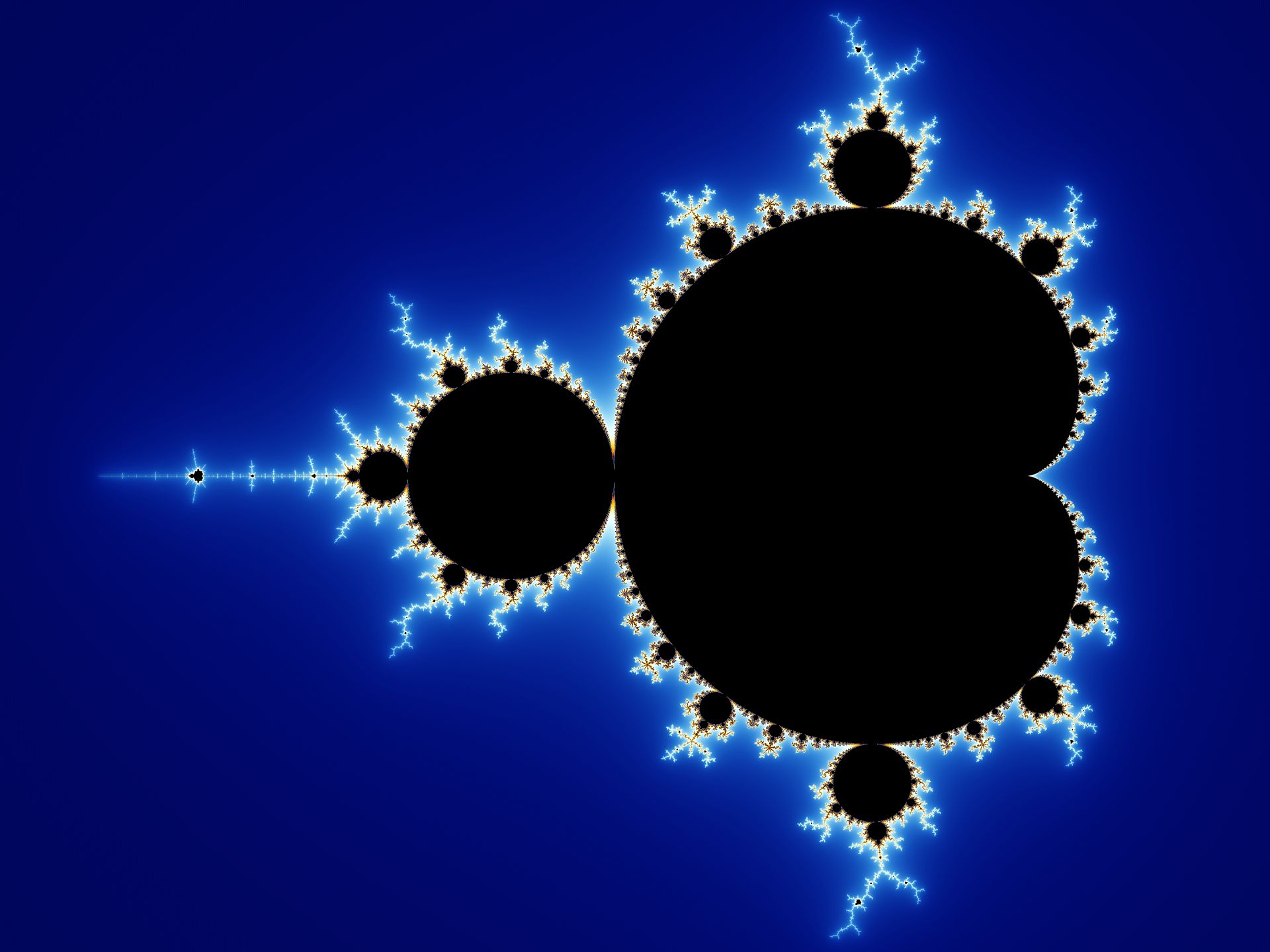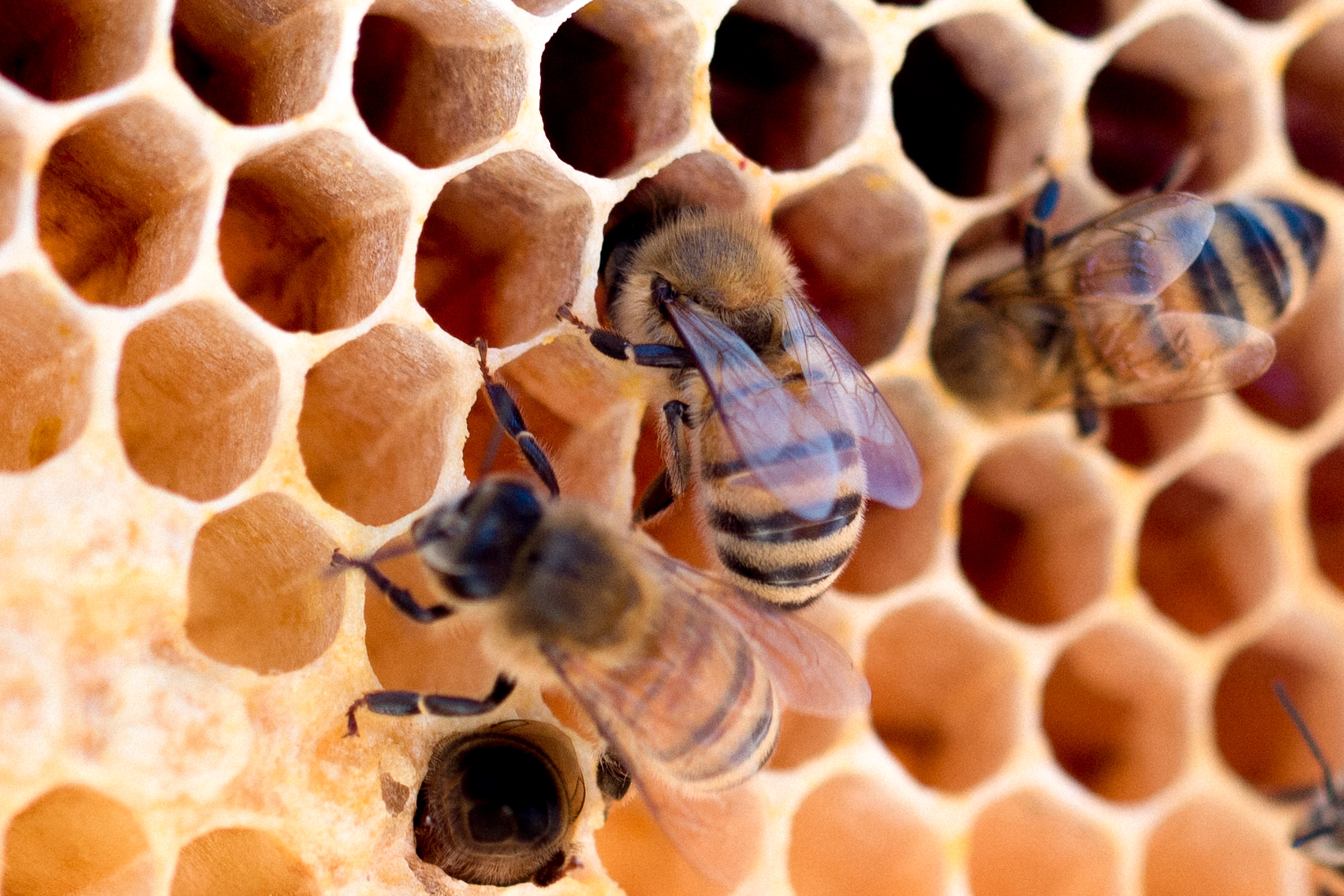Nature is an unstoppable force, and a beautiful one at that. Everywhere you look, the natural world is laced with stunning patterns that can be described with mathematics. From bees to blood vessels, ferns to fangs, math can explain how such beauty emerges.
Math is often described this way, as a language or a tool that humans created to describe the world around them, with precision.
But there's another school of thought which suggests math is actually what the world is made of; that nature follows the same simple rules, time and time again, because mathematics underpins the fundamental laws of the physical world.
This would mean math existed in nature long before humans invented it, according to philosopher Sam Baron of the Australian Catholic University.
"If mathematics explains so many things we see around us, then it is unlikely that mathematics is something we've created," Baron writes.
Instead, if we think of math as an essential component of nature that gives structure to the physical world, as Baron and others suggest, it might prompt us to reconsider our place in it rather than reveling in our own creativity.
 (Westend61/Getty Images)
(Westend61/Getty Images)
A world made of math
This thinking dates back to Greek philosopher Pythagoras (around 575-475 BCE), who was the first to identify mathematics as one of two languages that can explain the architecture of nature; the other being music. He thought all things were made of numbers; that the Universe was 'made' of mathematics, as Baron puts it.
More than two millennia later, scientists are still going to great lengths to uncover where and how mathematical patterns emerge in nature, to answer some big questions – like why cauliflowers look oddly perfect.
"We spent many hours frantically dismantling [cauliflower] florets, counting them, measuring angles between them," writes University of Nottingham mathematician Etienne Farcot, who studied cauliflower growth in an effort to understand these "mysterious cabbages."
Fractals are exquisite, self-repeating patterns which, besides some cauliflowers, are also found in fern fronds, branching blood vessels, and the rings of Saturn. Fractals are geometrical shapes made up of smaller and smaller copies of themselves, creating a mesmerizing 'self-similarity' that is infinitely deep.
 Mandelbrot set (black) in a continuously colored environment. (Wolfgang Beyer/Wikimedia, CC BY-SA 3.0)
Mandelbrot set (black) in a continuously colored environment. (Wolfgang Beyer/Wikimedia, CC BY-SA 3.0)
Although only mathematical or computer-generated fractals are truly perfect fractals, nature comes pretty close.
"These repeating patterns are everywhere in nature," says mathematician Thomas Britz of the University of New South Wales in Sydney, Australia. "In snowflakes, river networks, flowers, trees, lightning strikes – even in our blood vessels."
 (VerboseDreamer/Wikimedia Commons)
(VerboseDreamer/Wikimedia Commons)
Part of the charm of fractals is that they help to explain how complexity is born out of simplicity. As Benoît Mandelbröt, the Polish-born mathematician who coined the term fractal, said in 2010: "Bottomless wonders spring from simple rules which are repeated without end."
Branching river systems also carve near-perfect fractal patterns in the landscape.
So persistent are these patterns that in one instance, archaeologists looked for missing fractals to deduce ancient Egyptians might have modified river channels when building pyramids nearby.
 Lake Erepecu and Trombetas River in Brazil. (NASA Earth Observatory)
Lake Erepecu and Trombetas River in Brazil. (NASA Earth Observatory)
Insects appear to follow mathematical principles, too.
Whether they know it or not, bees build hexagonal honeycomb in a way that produces the most storage space using the least materials – a theory known as the 'honeycomb conjecture' which was finally demonstrated by American mathematician Thomas Hales in 1999.
Some species of cicadas also have a life cycle geared towards prime numbers. Swarms of two North American species emerge from their subterranean burrows every 13 or 17 years, a trick which scientists think helps cicadas avoid predators with more regular rhythms.
 (Meggyn Pomerleau/Unsplash)
(Meggyn Pomerleau/Unsplash)
Let's not forget nature's 'favorite' numbers, Fibonacci numbers, where each number in the sequence is the sum of the previous two. Fibonacci numbers are seen in sunflower seeds, pine cones and pineapples.
Spiral galaxies and nautilus shells also mimic so-called golden spirals by growing in a logarithmic ratio with every quarter turn.
But even though mathematical patterns are everywhere to be seen in nature, recent discoveries suggest the connection between math and nature runs deeper still, in ways we're only just beginning to appreciate.
 (James L. Amos/Getty Images)
(James L. Amos/Getty Images)
Earlier this year, researchers discovered what they described as a previously unknown law of nature: a growth pattern which describes how pointed shapes form again and again in nature – from shark teeth and spider fangs to bird beaks and dinosaur horns.
"The diversity of animals, and even plants, that follow this rule is staggering," evolutionary biologist Alistair Evans from Monash University in Australia said at the time they discovered the mathematical formula, dubbed the 'power cascade'.
"We found it almost everywhere we looked across the kingdoms of life – in living animals, and those extinct for millions of years."
Back in 2015, scientists were also delighted to find a classic formula for Pi – the ever-constant ratio between a circle's circumference and its diameter – lurking in hydrogen atoms.
In a roundabout way, that discovery leads us back to the idea that mathematics provides a structural framework for the physical world. It's an interesting idea to entertain – so long as your head doesn't explode.







No comments:
Post a Comment